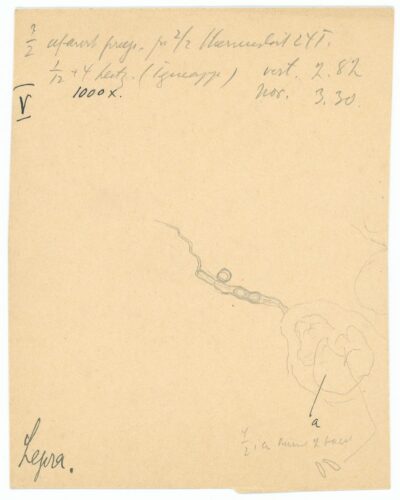The search for evidence
Hansen had used the extensive Leprosy Registry to argue his hypothesis that leprosy was an infectious disease, and with the help of microscopes, he also observed what he believed was the bacterium that caused the disease. However, according to the principles of microbiology, this was not enough to prove infectivity.
He was unable to cultivate the bacterium artificially on a glass slide. Attempts to infect rabbits with leprosy also failed. It was then that he decided to induce the disease in a human host. Experiments on patients were not uncommon in Hansen’s time. Hansen’s idea was to cultivate a case of lepromatous leprosy in a patient who had the tuberculoid form of the disease, meaning that the person could not be immune to leprosy. Hansen believed it would be better to use a patient who already had the disease than a healthy subject. He expected that a nodule in the conjunctiva of the eye would quickly become visible and easy to remove by way of an operation.
Hansen chose a resident of Pleiestiftelsen Hospital, Kari Nielsdatter Spidsøen, as a test subject. She had the tuberculoid form of leprosy, making her suitable for his experiment. On 3 November 1879, more than six years after he first observed the bacterium, he summoned her into his office and informed her that she was to undergo a minor procedure to one eye. Despite her protests, Hansen inoculated leprous material into the conjunctiva of her eye using a cataract needle.
Spidsøen suffered a painful inflammation after the procedure, she feared losing her eyesight, and complained to other patients and the chaplain at the hospital. The patients were already infuriated by the fact that Hansen had begun regularly performing autopsies on deceased patients without consent, and Spidsøen’s account caused anger and unrest. However, the procedure did not result in a leprous nodule in her eye. The experiment was unsuccessful and did not lead to any evidence. Hansen was charged with causing bodily harm.


Bergen City Archives.




